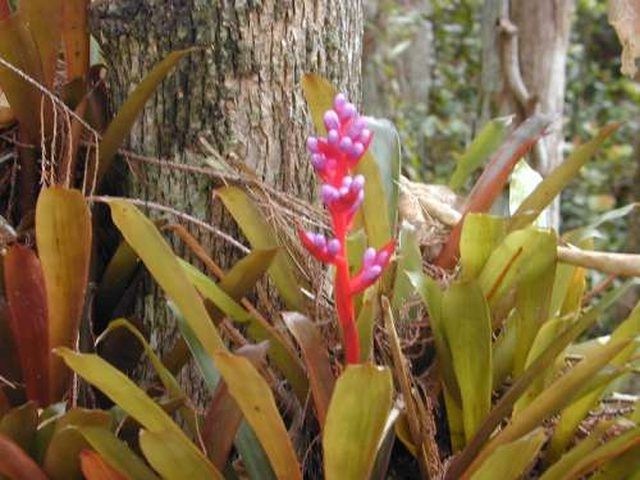Bulbs
Flower Basics
Flower Beds & Specialty Gardens
Flower Garden
Garden Furniture
Garden Gnomes
Garden Seeds
Garden Sheds
Garden Statues
Garden Tools & Supplies
Gardening Basics
Green & Organic
Groundcovers & Vines
Growing Annuals
Growing Basil
Growing Beans
Growing Berries
Growing Blueberries
Growing Cactus
Growing Corn
Growing Cotton
Growing Edibles
Growing Flowers
Growing Garlic
Growing Grapes
Growing Grass
Growing Herbs
Growing Jasmine
Growing Mint
Growing Mushrooms
Orchids
Growing Peanuts
Growing Perennials
Growing Plants
Growing Rosemary
Growing Roses
Growing Strawberries
Growing Sunflowers
Growing Thyme
Growing Tomatoes
Growing Tulips
Growing Vegetables
Herb Basics
Herb Garden
Indoor Growing
Landscaping Basics
Landscaping Patios
Landscaping Plants
Landscaping Shrubs
Landscaping Trees
Landscaping Walks & Pathways
Lawn Basics
Lawn Maintenance
Lawn Mowers
Lawn Ornaments
Lawn Planting
Lawn Tools
Outdoor Growing
Overall Landscape Planning
Pests, Weeds & Problems
Plant Basics
Rock Garden
Rose Garden
Shrubs
Soil
Specialty Gardens
Trees
Vegetable Garden
Yard Maintenance
Different Types of Bromeliad Flowers
Different Types of Bromeliad Flowers. Bromeliads, many of which produce lovely flowers, grow both in the air and in the soil. Many varieties are monocarpic, meaning they produce flowers just once, often lasting from two to four months, after which the flowers die. They can be grown both indoors and in greenhouses.

Bromeliads, many of which produce lovely flowers, grow both in the air and in the soil. Many varieties are monocarpic, meaning they produce flowers just once, often lasting from two to four months, after which the flowers die. They can be grown both indoors and in greenhouses.
Main Types of Bromeliads
There are more than 2,000 species of bromeliads, many of which originated in the Andean highlands of South America. Most bromeliads grow in circular clusters that radiate from the center. Their foliage, from irregular to symmetrical, is banded or variegated, from rail thin to extremely broad. Bromeliads produce colorful flowers as small as a quarter of an inch wide to as large as 12 inches. Some grow in the air; others grow in soil.
Bromeliads That Grow in the Air
The majority of bromeliads are epiphytes, also called "air plants." These attach themselves to trees, obtaining water and nutrients directly from the air through their leaves. Growers use dampened sphagnum moss to form a bed for the plant until it anchors itself onto the branch of an old tree. Small plants can be wedged into crevices in bark. Growers often give larger epiphytes wire supports until they anchor themselves.
Bromeliads That Grow in Soil
Terrestrial bromeliads require soil. They can be grown in pots, but do best if they have more space, such as in the border of a greenhouse. They need bright light throughout the year.
Popular Groups of Bromeliads
The Guzmanias are air plants that produce flowers in the summer months, after which the plant dies. Guzmanias need warmth, high humidity, and light. The Scarlet Star, Guzmanis Lingulata, produces beautiful orange and red flowers.
The Tillandsia, like the Guzmania, is an epiphyte that uses its roots to adhere to other plants. It is native to dry, desert climates, and is found in Southern states from Texas to Florida. The thick-leafed variety does better in dry areas, while the thin-leafed variety requires rain. Tillandsia can survive cold temperatures but is sensitive to frost. Its striking flowers start out as green and eventually turn red.
The Aechmea is also an epiphyte. More than 140 varieties are found from Mexico throughout South America. Aechmea fasciata, popular as an indoor plant, sometimes marketed as Billbergia rhodocyanea, has wide green leaves with silver bands and lavender-blue flowers. Aechmea is from the Greek word for "point," in this case referring to the pointed sepals, modified leaves forming the calyx, which protects the bloom.
Popular Individual Bromeliads
The small, hardy Neoregelia with colorful leaves in a variety of shapes and bright blue flowers in the center cups, is grown in soil and can survive heat, cold, low humidity and high sunlight.
Cypthathus or "Black Mystic," grows in soil and has succulent leaves banded with bronze, white or pink. The leaves have wavy margins and teeth. They can survive a broad range of temperatures.